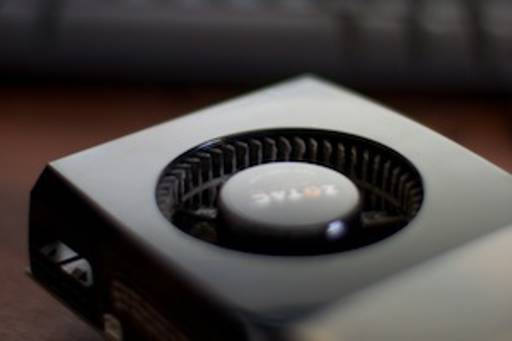Quadro vs GTX Graphics Cards, Consumer or Pro?

It's a common dilemma. You need a graphics card for post production: do you go with a consumer/gaming card or a 'proper' workstation card?
On paper at least, the specifications of the consumer cards are orders of magnitude better than the substantially more expensive Quadro based workstation cards. So in most cases the consumer cards seem like the sensible decision, however after going through several options i've been made to see things a little different.
The general theory goes that the only difference between the consumer cards and the workstation cards are the drivers. And you can quite often 'fake' the drivers to pretend your shiny super powerful GTX card is a Quadro. The workstation drivers (and card themselves) offer and unlock some of the more esoteric functionality needed by some high end 3D and video apps - functionality like higher bit depth outputs (10/12bits rather than 8 bits of the GTX cards) and ability to get video in and out (i say video in the sense of a proper broadcast video signal, not a PC monitor output) but the core of the card - the GPU is usually cut from the same cloth.
However there is one big difference quite often overlooked. Reliability and Stability.
I started with a GTX285 because this was the go-to consumer card for CS6 when it first arrived, it was fine, the occasional problem but it proved fairly reliable. Then to help speed up Nuke, Modo and Resolve i decided to switch to the highly recommended GTX 580. This card proved a reliability nightmare, you can follow threads on the nvidia forums and see that it's just not very well finessed. There're a series of driver updates and additional attempts to fix it via changing voltages and god knows what. It gives the impression of a card that's working at the very edge of its performance envelope and the quantity vs quality side is firmly on quantity.
The amount of time i lost troubleshooting rendering issues or restarting or, actually having a hard crash and loosing work, because 'the display driver stopped working' easily outweighed the cost of Quadro cards. So don't forget to factor in your time when looking at the costs if you're in the same position. Instead i ended up with a Quadro 4000 card. It just works.
It makes sense. Gamers require the raw power at the expense of accuracy and also their gaming sessions are intense over a short period. Whereas i'd be leaving the card rendering and working over night and quite possibly running 24/7. The power requirements of the consumer cards are considerably higher than the Quadros which are clocked at more consistently reliable rates.
I did some simple benchmarks prior to switching cards around, they're not exhaustive, definitive or clever, they're just some things i do and the 4000 was on a par or a little less than the 580GTX. In summary, i can see that many people have great success with the high end gaming cards and i guess if you're lucky and you put something together that's stable enough for you to work on that's great.
There isn't much between the 285 GTX and Quadro, but i'll stick to the Quadro for the time being. Peace of mind is worth it plus the 285 is in another PC doing editing work. I may see about adding the 580 into that PC as well (it's a custom build job) specifically for Resolve number crunching where it excels.
Graphics Card Comparison 285GTX 580GTX Quadro 4000 Cuda Cores 240 512 256 Wattage 204w 244w 142w Resolve Test Scene 1:57 1:34 2:16 Modo 1.5m Triangle - 60fps 60fps Nuke X Particles - Playback - 9.9fps 9.9fps Nuke X Render with GPU 11:56 12:02
Of course having said all of this, i'm eyeing up the new Titan cards regardless. When i get a chance i will update this with more benchmarks (these are real world application benchmarks, one to come is for Dark Energy Antimatter which is a real GPU number cruncher)